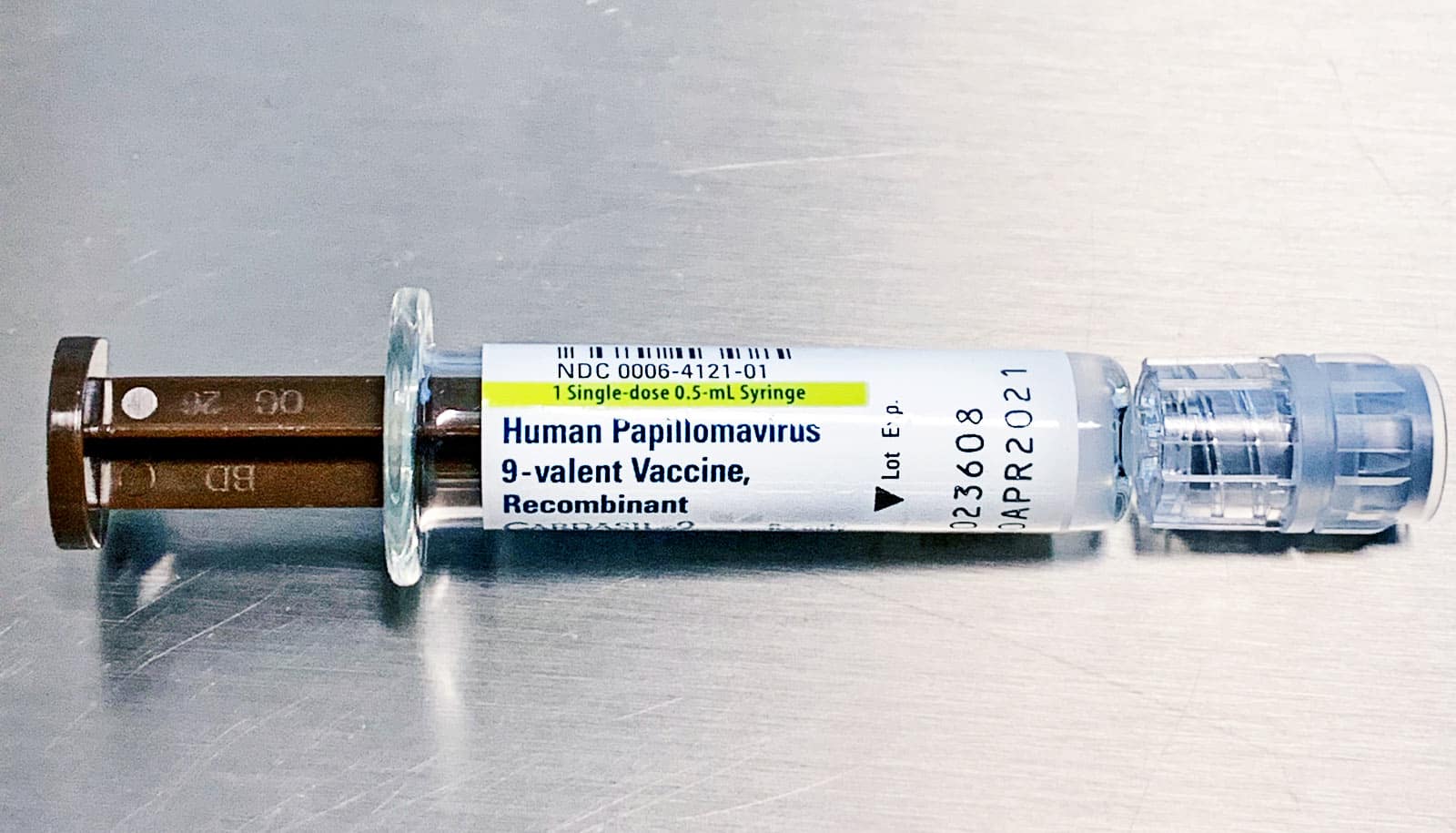 The Prevalence of FLiRT COVID-19 Strains in the United States
The Prevalence of FLiRT COVID-19 Strains in the United States
The Centers for Disease Control and Prevention (CDC) recently released information regarding the prevalence of specific strains of FLiRT COVID-19 in the United States. According to their data, there has been a significant increase in the occurrence of these strains. However, there is no need for immediate concern based on the available information.
One of the most prevalent strains, KP.2, has been responsible for over 28% of the new infections in the country over the past two weeks. This marks a nearly twenty percent increase compared to the previous two weeks. Another FLiRT variant, KP.3, which is a descendant of JN.1, accounted for approximately thirteen percent of newly acquired coronavirus infections. This represents a substantial increase from the previous estimate of around 8%. When combined, KP.2 and KP.3 accounted for over two out of every five new infections in recent weeks.
Despite the rise in these FLiRT COVID-19 strains, there is currently no indication that they are causing any novel or unusual symptoms. The common symptoms associated with COVID-19, such as fever, congestion, sore throat, and runny nose, are still prevalent among those infected with these strains.
However, one concerning factor is the vaccination rate for the most recent updated vaccine. It seems that fewer adults, less than 23 percent, have received the updated dose. The CDC had anticipated a higher vaccination rate for this updated vaccine, which is expected to be effective against these FLiRT strains.
The technical term FLiRT was used to categorize these changes in the group of COVID-19 strains. This designation was given due to its relevance in the scientific community. Both KP.2 and KP.3 have been designated as “variants under monitoring” by the World Health Organization (WHO). This designation serves as an indication to public health authorities that these strains may require prioritized attention and monitoring.
The primary objective of monitoring these variants, according to the WHO, is to determine if they pose a higher risk to the global population compared to other circulating variants. A study published by the WHO also revealed that KP.2 and KP.3 are increasing globally, further emphasizing the need for monitoring and research.
Despite the increase in FLiRT strains, there is no evidence suggesting a rise in COVID-19-related hospitalizations or fatalities in the United States. In fact, the number of hospitalizations caused by COVID-19 has reached its lowest point since the start of the pandemic. Additionally, viral activity in wastewater, which can detect both symptomatic and asymptomatic cases, is currently considered minimal on a national scale.
The CDC maintains that KP.2 is the primary variant in the United States but does not cause a greater number of infections or more severe illness compared to other variants. This is an important reassurance amidst the presence of these FLiRT strains.
Looking ahead, a meeting of CDC vaccine experts is scheduled for June to discuss the next round of COVID-19 vaccinations and determine which strain or strains should be targeted by the vaccine. This ongoing evaluation and adaptation of the vaccine strategy will help combat the evolving nature of the virus.
In conclusion, while there has been an increase in the prevalence of FLiRT COVID-19 strains in the United States, there is no immediate cause for concern. The common symptoms associated with COVID-19 are still observed with these strains, and there has been no significant impact on hospitalizations or fatalities. The vaccination rate for the updated vaccine could be improved, and ongoing monitoring and research are being conducted to understand the potential risks posed by these variants. The CDC remains vigilant in addressing this evolving situation and adapting vaccination strategies accordingly.

